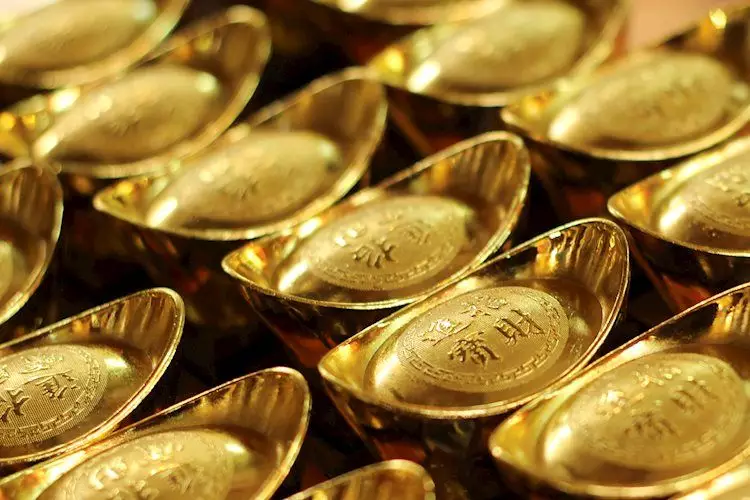On Tuesday, gold prices in Saudi Arabia experienced a notable increase, reaching 318.09 Saudi Riyals (SAR) per gram, a rise from the previous day’s price of SAR 317.09. This adjustment reflects a broader trend influenced by various global economic factors. The price per tola also saw an upward adjustment, increasing from SAR 3,698.45 to SAR 3,710.13. Such fluctuations in pricing are symptomatic of the complex interplay between local and international markets, where factors such as currency strength and geopolitical events play significant roles.
The Mechanisms Behind Pricing Fluctuations
Gold pricing in Saudi Arabia is calculated based on international metrics, adapted to local economic conditions, particularly the USD/SAR exchange rate. This system emphasizes the importance of a dynamic economic landscape, where daily updates are paramount for maintaining accuracy. While gold prices serve as a useful reference for consumers and investors alike, local variations can occur, influenced by regional market conditions or government policies.
Gold’s intrinsic value as a commodity extends beyond mere aesthetics; it has historically served as a store of value and a trusted medium of exchange. In contemporary finance, gold’s reputation as a safe-haven asset has gained prominence, especially during periods of economic uncertainty. Investors commonly turn to gold during market volatility to hedge against potential losses, making it an essential component of many portfolios.
As inflation concerns escalate and currencies face depreciation, gold emerges as a preferred hedge. Its unique attribute of being independent of any government issuer confers an added layer of security for investors. Central banks, regarded as the largest gold holders globally, tend to buy gold to bolster their national currencies during times of fiscal instability. This strategy not only enhances perceptions of a country’s economic strength but also reinforces investor confidence.
In 2022, central banks globally added a striking 1,136 tonnes of gold to their reserves, amounting to an estimated $70 billion—a record level for annual purchases. Countries such as China, India, and Turkey, with developing economies, have been steadily increasing their gold reserves, a trend indicative of a larger strategic pivot towards asset diversification in emerging markets.
The price of gold is often inversely correlated with the US Dollar and US Treasuries, both of which serve as prominent reserve assets. When the Dollar weakens, gold prices typically rally, providing a buffer for investors seeking stability. Conversely, a robust Dollar usually suppresses gold prices, as it appeals less to investors during times of strength in the currency. This dynamic illustrates the significant impact currency fluctuations can have on commodity prices, underpinning the interplay of global economic forces.
Moreover, gold exhibits a negative correlation with risk assets. Market rallies in equities often draw capital away from gold, leading to price declines, while downturns or sell-offs in stock markets create a flight to safety, boosting demand for gold. The psychology of investors during different market conditions plays a pivotal role in these shifts.
Several external factors further influence gold prices. Geopolitical tensions and fears surrounding potential recessions can drive prices upward quickly, reaffirming gold’s status as a safe haven. Additionally, as a yield-less asset, gold’s value tends to rise in a low-interest-rate environment. However, higher interest rates or increased cost of borrowing typically exert downward pressure on gold prices.
Ultimately, tracking gold prices necessitates a keen understanding of broader economic trends, with the US Dollar acting as a central pivot. The behaviors of both the Dollar and gold reflect the nuanced relationship between inflation, interest rates, and geopolitical stability.
For investors and those interested in the precious metals market, clarity is essential. Understanding the multifaceted nature of gold pricing—its correlations with other assets, the role of central banks, and the greater economic context—can guide informed investment decisions. As gold continues to be a vital component of financial strategy in Saudi Arabia and beyond, astute investors must remain attentive to both local market variations and global economic trends. The world of gold is replete with opportunities and challenges, and navigating this landscape requires ongoing analysis and an adaptive approach.

